What Is RTO And Why Is It Important For Indian eCommerce Market
Written by Alok Patel
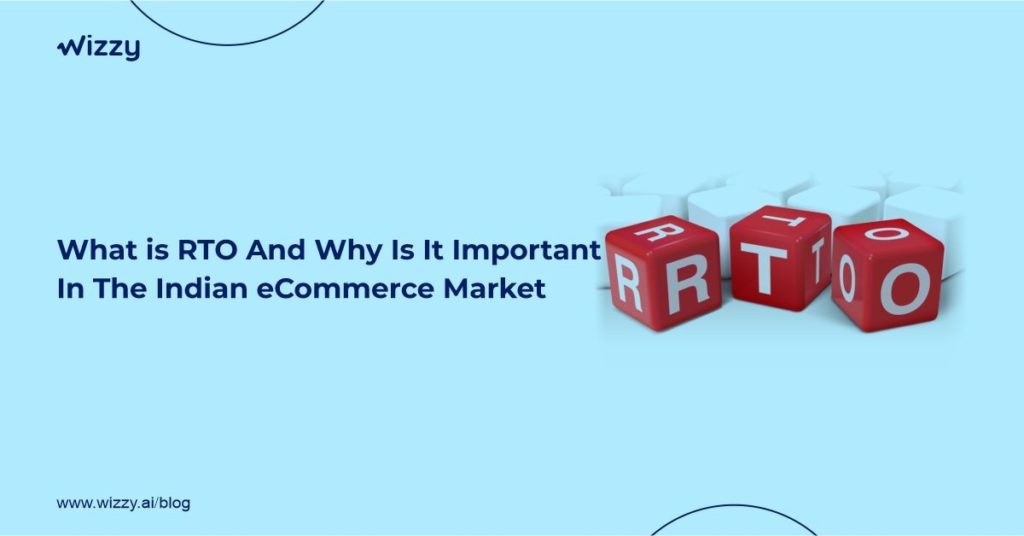
In e-commerce, RTO stands for return to origin. The parcel never reached the customer and was returned to the warehouse due-to various reasons.
Here, the value of that particular order is paid or to be paid by the customer nullifies but you are still left with holding the bills for forwarding and as well as reverse shipping charges. The reasons which cause RTO includes orders not accepted, orders not delivered, cancellations or returns after delivery, and other reasons.
One of the main reasons is the freedom of return service that causes fraudulent returns and COD (cash on delivery). Customers enjoy the freedom of these services and love to order even if the customers are not fully sure of it. Resulting to generate maximum RTO. This advantage to the customers costs a lot to the companies.
The research says every 1 out of 3 orders is likely to be an RTO. The increased number of RTO orders has become a big problem for the e-commerce industry. Due to this reason, sellers have to increase the handling costs as they have to process the refund orders.
People don’t understand that it isn’t only about the product that costs but there are other variables too. Like the packaging and repackaging costs, logistics, blocked inventory, various resources, operational costs while processing an order, cash handling costs for cash on delivery, etc.
However, identifying the main causes of an RTO solves half of your problems. Through this, you can create strategies to check an RTO. If the brand is dealing with a high cost of the return, here are some strategies, we suggest to implement and see the difference.
Effective Strategies to Reduce High Return Costs in E-Commerce
Track the RTO of your customers
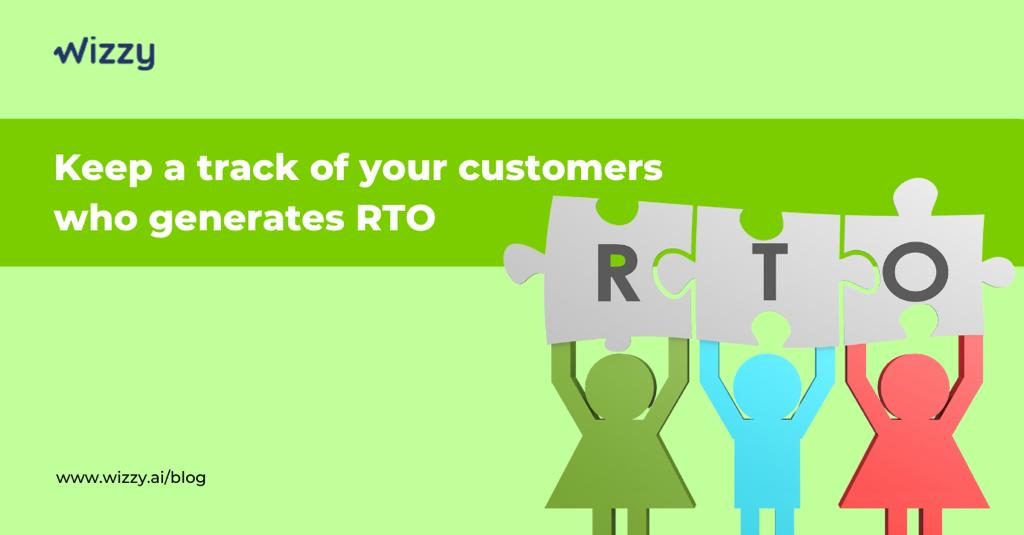
It’s okay to have COD but keep track. If one particular customer is misusing this facility, then put a pause on their COD facility and keep it to card payment, UPI, or net banking. If the customer wants to buy your product then they won’t hesitate to pay beforehand. This strategy is one of the ways which will help you to track the RTOs and most companies have already adopted this method and are being benefited by this.
Check your fake-order
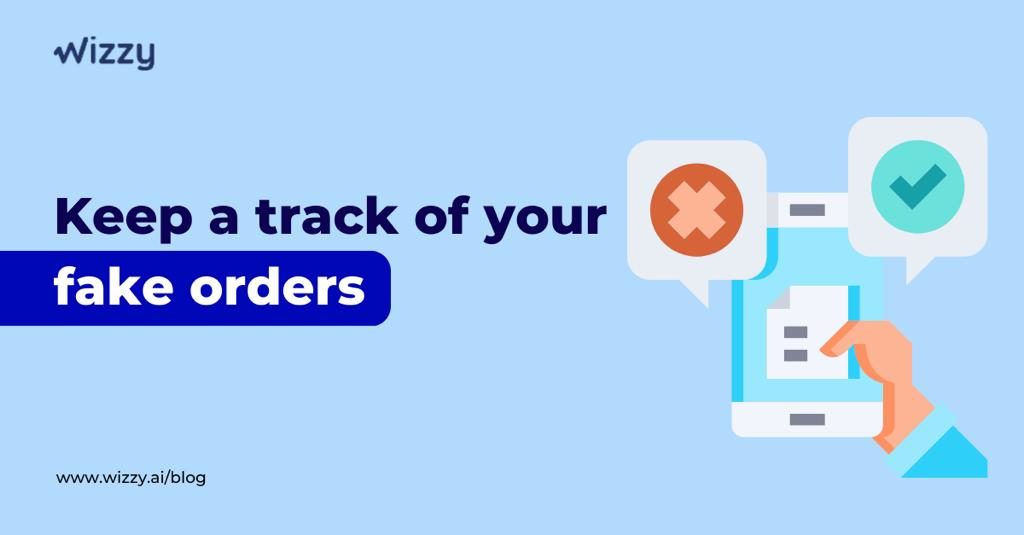
you can verify the orders through an automatic IVR call after the customer places an order. Sometimes, the information they provide ends up with invalid email addresses or phone numbers. So getting automatic cash on delivery check calls will decrease the number of fake orders considerably.
Implement an NDR management software
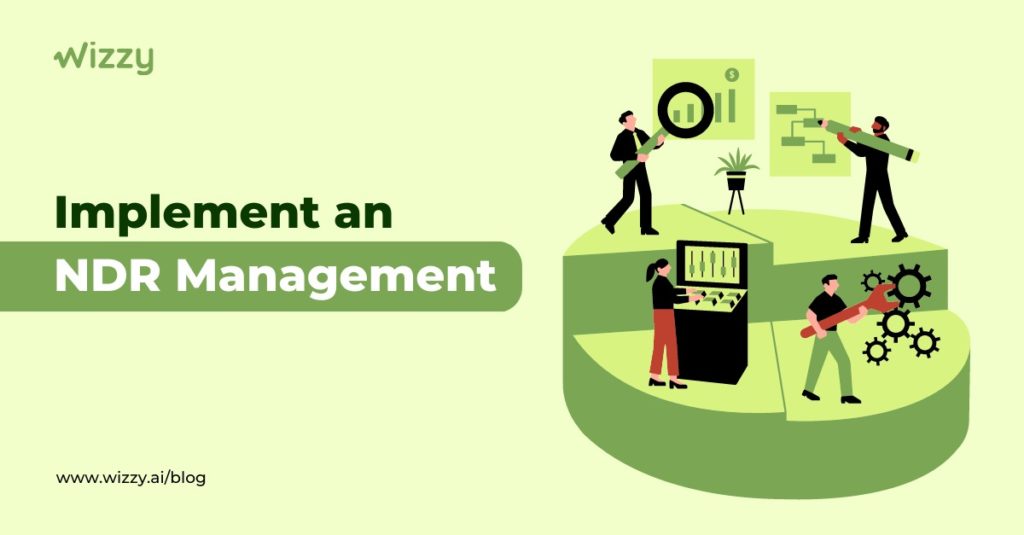
NDR stands for Non-Delivery Report. NDR is a notification where you’re informed that a delivery attempt has failed. Sometimes a failure in a delivery attempt straight away gets converted into an RTO. Most delivery partners attempt 2-3 follow-ups to ensure successful delivery. Even after multiple attempts, if the delivery is still unsuccessful it switches to RTO status. However, in both cases of NDRs, it is likely to contribute to rising in RTOs.
Implement a return policy
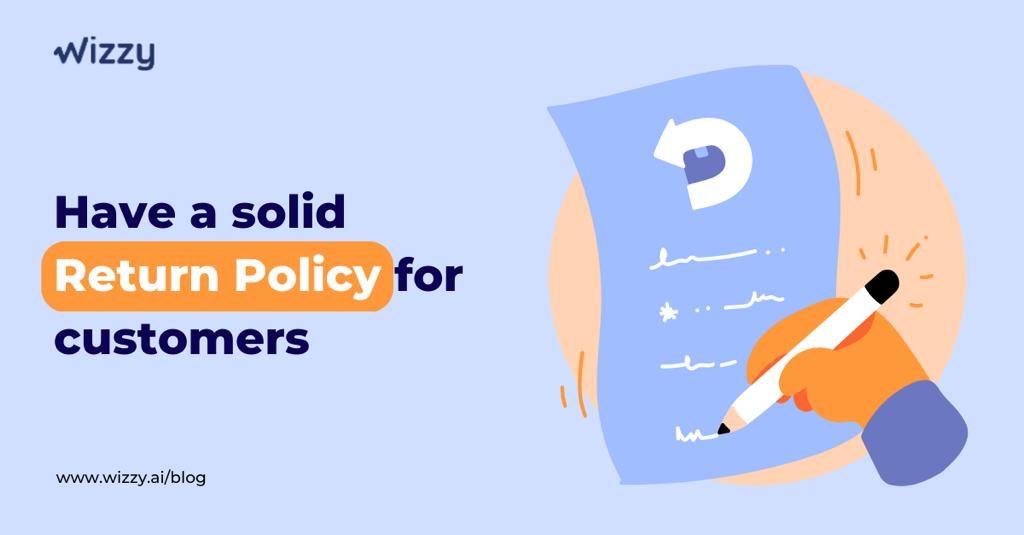
A return policy helps in a great way. It helps customers to have a better picture of what they are getting into from the very beginning. Create a return policy that sets an expectation for your customers and mentions what will be the conditions for a return or exchange and by when.
Post-Purchase Email

Staying in touch with your customers is the best way to ensure that they still want the product or getting prepared to receive the delivery. The consistent reminders help them to stay scheduled and be aware of the timeline. It builds the trust of your customers as well as keeps the rate of RTOs low.

Encourage exchange instead of the return of the product
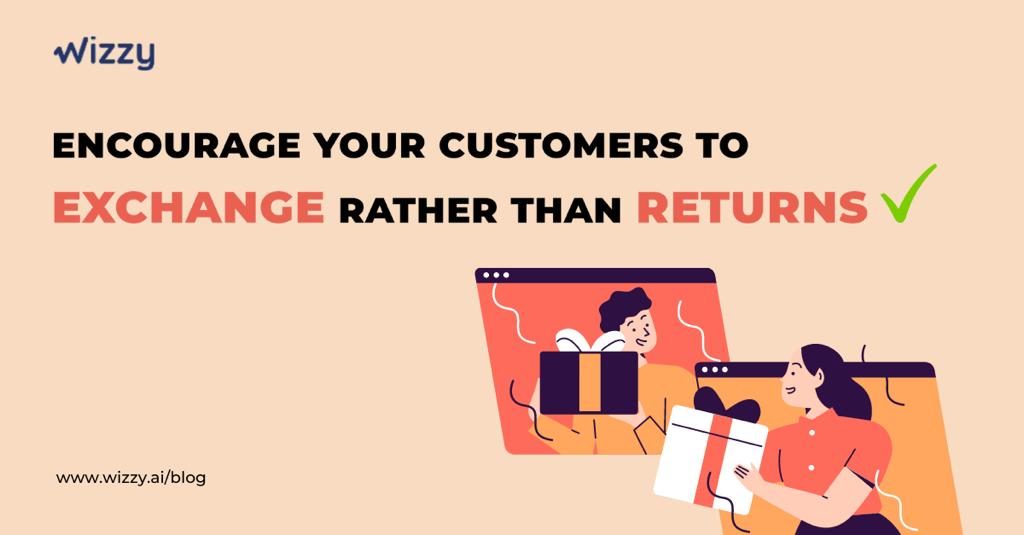
If the customer is not satisfied with the product, try offering them a better product instead of just returning the product. Your customers have invested in your business by making the purchase. It’s your job to keep them satisfied by offering them what they need with keeping the trust alive. This strategy will help in reducing the RTOs too.
Summary
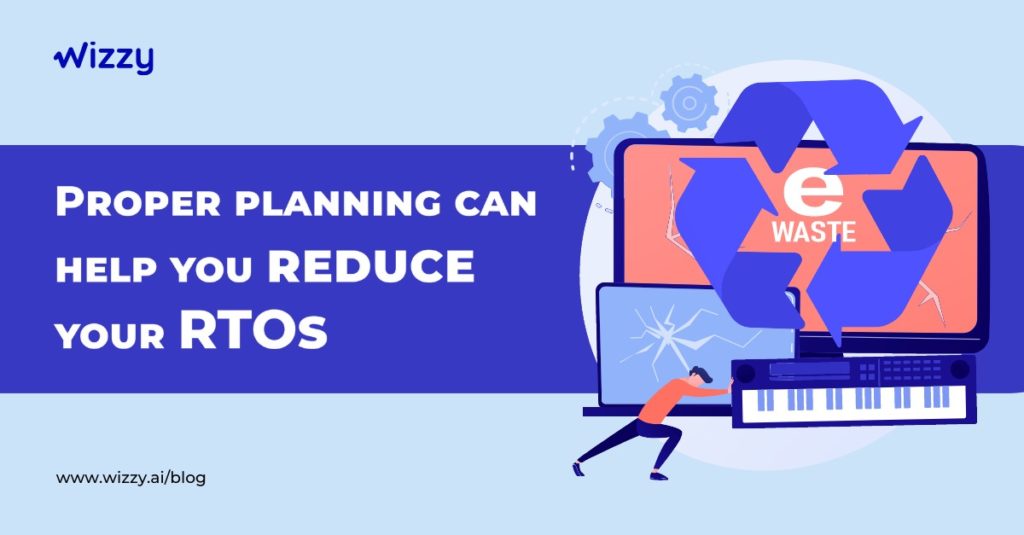
Above are some of the mixed strategies that will help your business reduce the rate of RTOs you are already facing. Approaching the problem in a strategic method always helps in getting better results. As “Agatha Christie said “to every problem, there is a simple solution.”
In the beginning, it may be time-consuming, but slowly the process will simplify and the results can be seen. Adopting the right set of strategies and techniques can decrease the cost of RTOs.
Read More – Effective Strategies to Reduce Product Returns and Increase E-Commerce Profitability
Share this article
Help others discover this content
